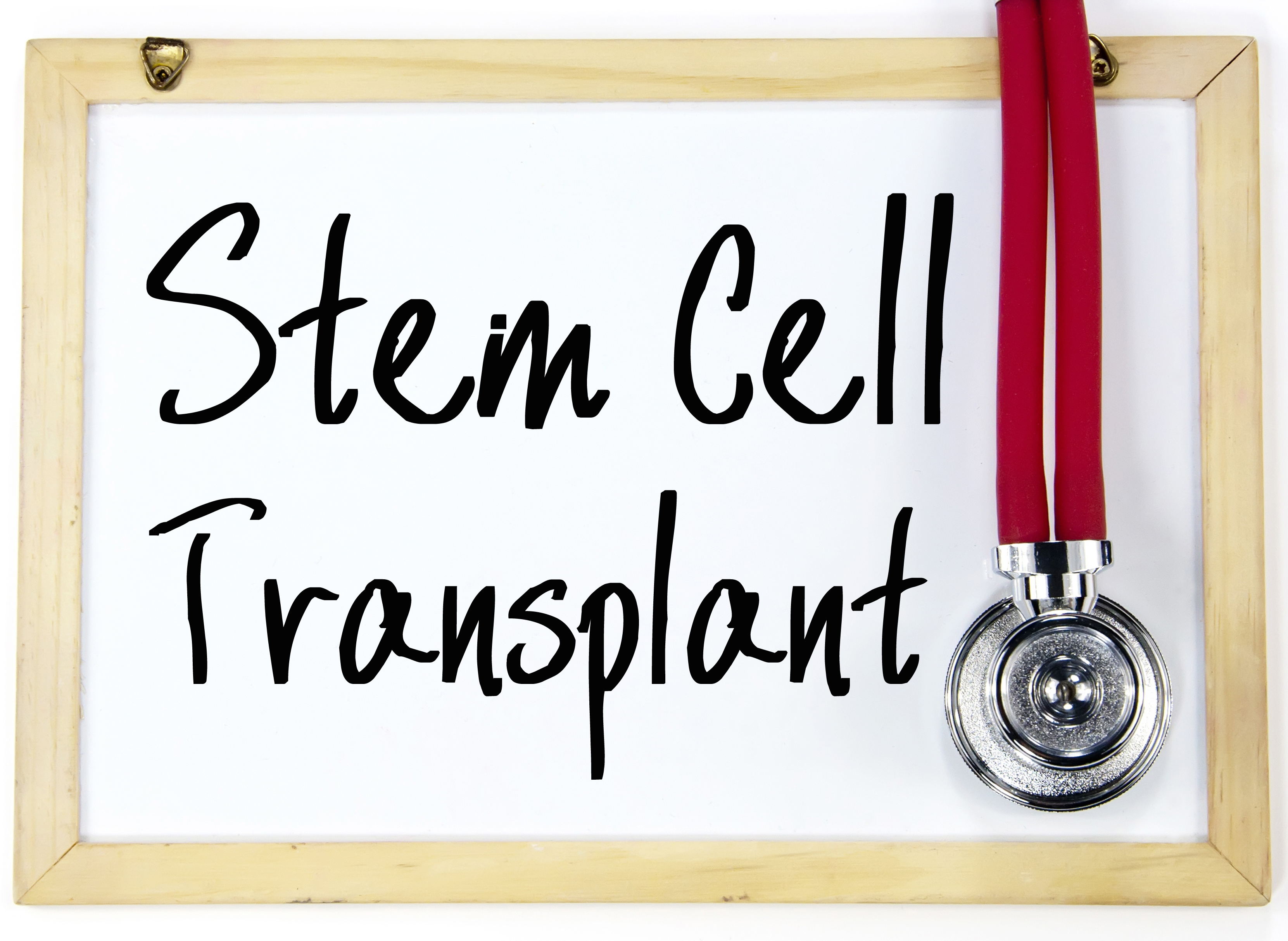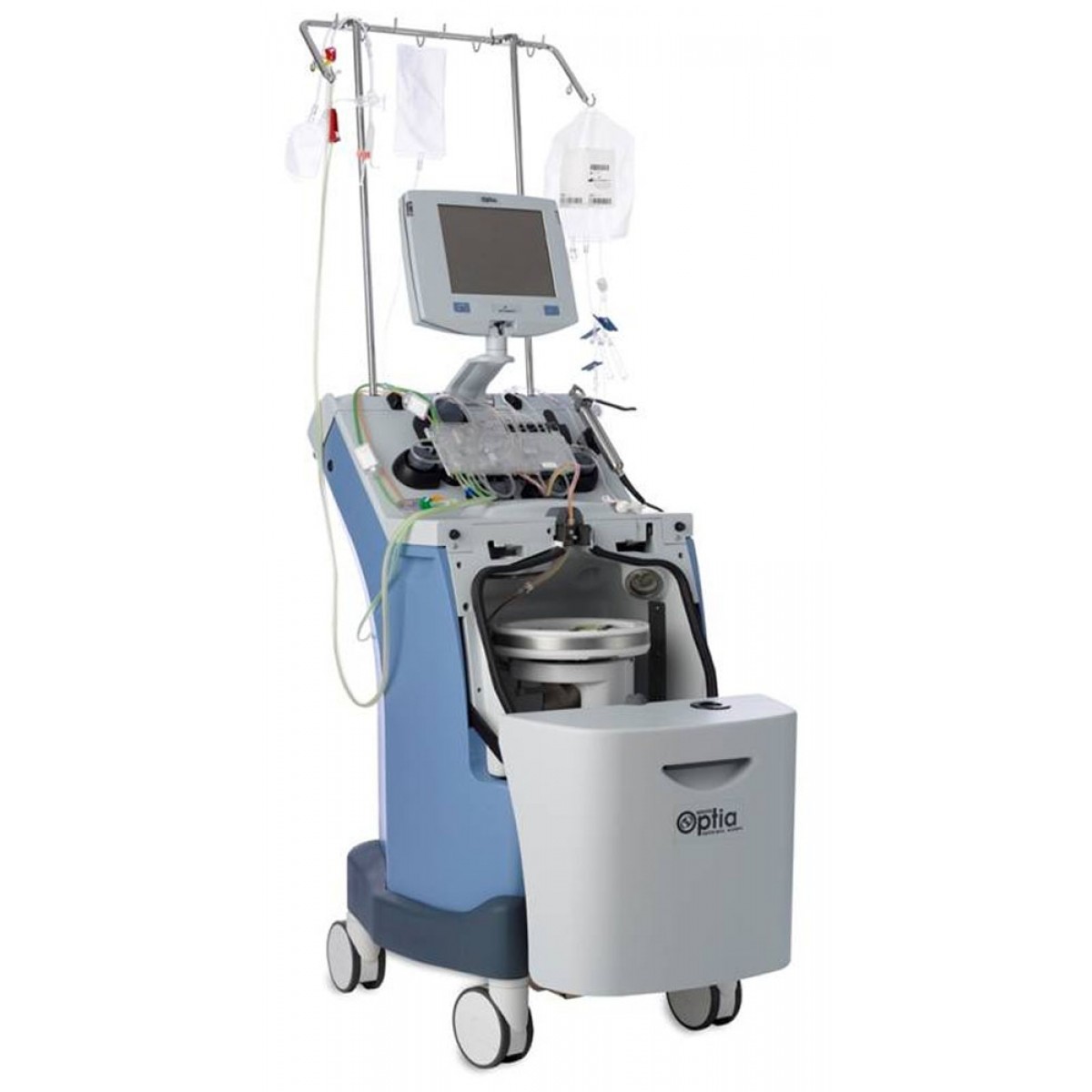
Autologous Stem Cell Transplant
There are currently a number of trials around the world of autologous stem cell transplants (sometimes called hematopoietic stem cell transplants and abbreviated HSCT) for treating scleroderma. In this procedure, the patient’s immune system is essentially destroyed using powerful immunosuppressive drugs. The patient then receives a transplant of his/her own previously saved hematopoietic stem cells. (These are the blood cells that give rise to all types of blood cells.)
In essence, this procedure “restarts” the patient’s immune system – hopefully without the immune system malfunction that led previously to the development of an autoimmune disease. It is important to note that this technique is being tried for many different autoimmune diseases, including lupus, multiple sclerosis, and Crohn’s disease, in addition to scleroderma.
Initial studies using this technique for treating scleroderma patients had a high mortality rate, since these early studies were mostly done on late-stage diffuse scleroderma patients with significant organ damage. The newer studies are primarily focused on early stage rapidly progressing diffuse scleroderma patients, who appear to tolerate this treatment with fewer complications.
As of December 2016, four major studies testing autologous stem cell transplants for treating scleroderma have been completed or are underway:
- The Autologous Stem Cell Transplantation International Scleroderma (ASTIS) trial began patient enrollment in 2001 and ended patient recruitment in 2008. 156 patients were enrolled in this European-based study. The patients in this study were primarily early stage diffuse scleroderma patients with disease duration of four years or less with evidence of internal organ involvement. The control group was treated with cyclophosphamide (Cytoxan), a commonly used immunosuppressant. The initial results, reported in 2012, concluded that, “[D]espite a 10% treatment-related mortality, long term event-free survival and overall survival were better in the HSCT group than in the group treated with iv pulse cyclophosphamide.” In other words, about 10% of the patients given this treatment died directly from complications arising from the treatment itself. However, for the rest of the patients who received the treatment, they lived longer and in better health than the patients who just received immunosuppressant therapy.
- The Cyclophosphamide or Transplantation (SCOT) trial is similar to the ASTIS study. The SCOT study is a US-based multi-center study that began in 2005 with about 115 patients. Enrollment closed for this study in 2011, and the study is ongoing. The initial results of this study were released in November 2016 (Assassi et al. 2016). At that point a total of 75 patients with diagnosed diffuse systemic scleroderma and high-risk lung and/or renal involvement were randomized to receive either 12 monthly cyclophosphamide (Cytoxan) treatments or HSCT. Patients were followed for 54 months. At the endpoint assessment, patients in the HSCT group had significantly better overall survival and event free survival rates. There were more adverse events in the HSCT group, including one treatment-related death. These results suggest that HSCT may be a significant advance over treatment with cyclophosphamide for patients with aggressive diffuse systemic scleroderma.
- The Autologous Stem Cell Systemic Sclerosis Immune Suppression (ASSIST) II trial is currently being conducted at Northwestern University (Chicago, IL). This study began recruiting patients in 2011 and is still recruiting patients (target study population is 160 patients). The first ASSIST trial was a small open-label study that showed that almost all patients who received standard cyclophosphamide (Cytoxan) treatment over a one-year period showed disease progression. In contrast, patients that received autologous stem cell transplants showed no disease progression, and, in addition, some of the patients receiving HSCT had some symptom improvement. The new ASSIST II study will compare treatment with the ASSIST I HSCT treatment protocol against a modified treatment protocol that is expected to be less toxic to the heart than the original treatment protocoll. This study will be completed in 2018 with initial data gathering in 2016.
- The Scleroderma Treatment with Autologous Transplant (STAT) study is a multi-center small study (30 patients) that is looking at the effects of treating patients with mycophenolate mofetil (Cellcept) as maintenance therapy following HSCT. The study began in 2011, and enrollment is now closed. It will be completed in 2019.
Autologous stem cell transplant is a complex procedure, and there is definite risk associated with the procedure itself. However, mortality rates are now much lower than in the initial studies as researchers have learned to screen patients more effectively for HSCT. One of the primary risk factors for treatment mortality is heart involvement, so patients who receive HSCT as part of these studies are screened carefully for potential existing cardiac problems before being accepted into the study.
It is far too early to know how long the positive results of HSCT therapy will last, even if successful in the short-term. However, the preliminary data suggest that this treatment approach may result in initial symptom improvement and improved five-year survival rates for patients with diffuse scleroderma. This suggests that for some patients with early-stage, rapidly-progressing diffuse scleroderma, enrolling in an ongoing HSCT research study may be an appropriate option to consider.

Therapeutic Plasma Exchange
Over the past 51 years, more than 20 published studies have consistently documented that blood rheology is abnormal in patients with systemic scleroderma. Individual studies have focused on differing aspects of this abnormal rheology including elevated whole blood and plasma viscosity as well as abnormal red blood cell aggregation. Abnormal rheology in autoimmune diseases is not uncommon – it has been documented in rheumatoid arthritis (Gudmundsson et al. 1993) and systemic lupus erythematosus (Rosenson et al. 2001). While the significance of this abnormal rheology is not yet fully understood, a recently published review (Harris et al. 2018) of 46 published studies on the use of therapeutic plasma exchange (TPE) to treat patients with systemic scleroderma indicates that this treatment approach alone has a striking effect on clinical symptoms, such as Raynaud’s and digital ulcers, and also leads to significant improvements in blood rheology, suggesting the presence of a plasma related pathogenic factor in SSc. In contrast, while patients with RA showed improvements in blood rheology following TPE, there were no significant improvements in clinical symptoms (Dwosh et al. 1983), suggesting a different mechanism of action in RA pathogenesis.
Therapeutic plasma exchange, also sometimes (incorrectly) called plasmapheresis, is a procedure where the patient’s red blood cells, white blood cells, and most of their platelets are separated from the blood plasma, and the separated cells are then remixed with new donated plasma or sterilized albumin and returned to the patient in a continuous process that takes about one and one-half hours to perform. Several studies on the use of TPE to treat systemic scleroderma have documented that a series of four weekly TPE treatments eliminated the red blood cell clumping in all the patients and eliminated Raynaud’s symptoms in almost all the patients as well. The studies also reported significant improvement in other scleroderma related symptoms, including healing of digital ulcers. Patients were monitored for up to three years following this single course of treatments. After a varying number of months following the end of the TPE treatments, red blood cell aggregation returned to elevated pre-treatment levels and Raynaud’s symptoms redeveloped, but none of the patients developed skin ulcers during the three-year follow up period. A recently published case report (Harris et al. 2017) suggests that TPE may be an effective sole treatment for patients with limited systemic scleroderma, as long as treatments are continued on a permanent, regular basis.
Even if TPE is beneficial for scleroderma patients, as suggested by the published research, a number of factors make this other than an ideal treatment option for most scleroderma patients, including relatively high cost (comparable to the cost of biologics used to treat patients with rheumatoid arthritis), the need for consistent good venous access, access to a hospital that has the necessary equipment, etc. Nevertheless, the results of these early studies suggest that more research on the possible significance of scleroderma-related blood hyperviscosity is justified and might lead to alternative ways of treating scleroderma that are not currently being explored.
See the Research section of this website for more information on scleroderma related hyperviscosity and the use of therapeutic plasma exchange as a treatment option.
